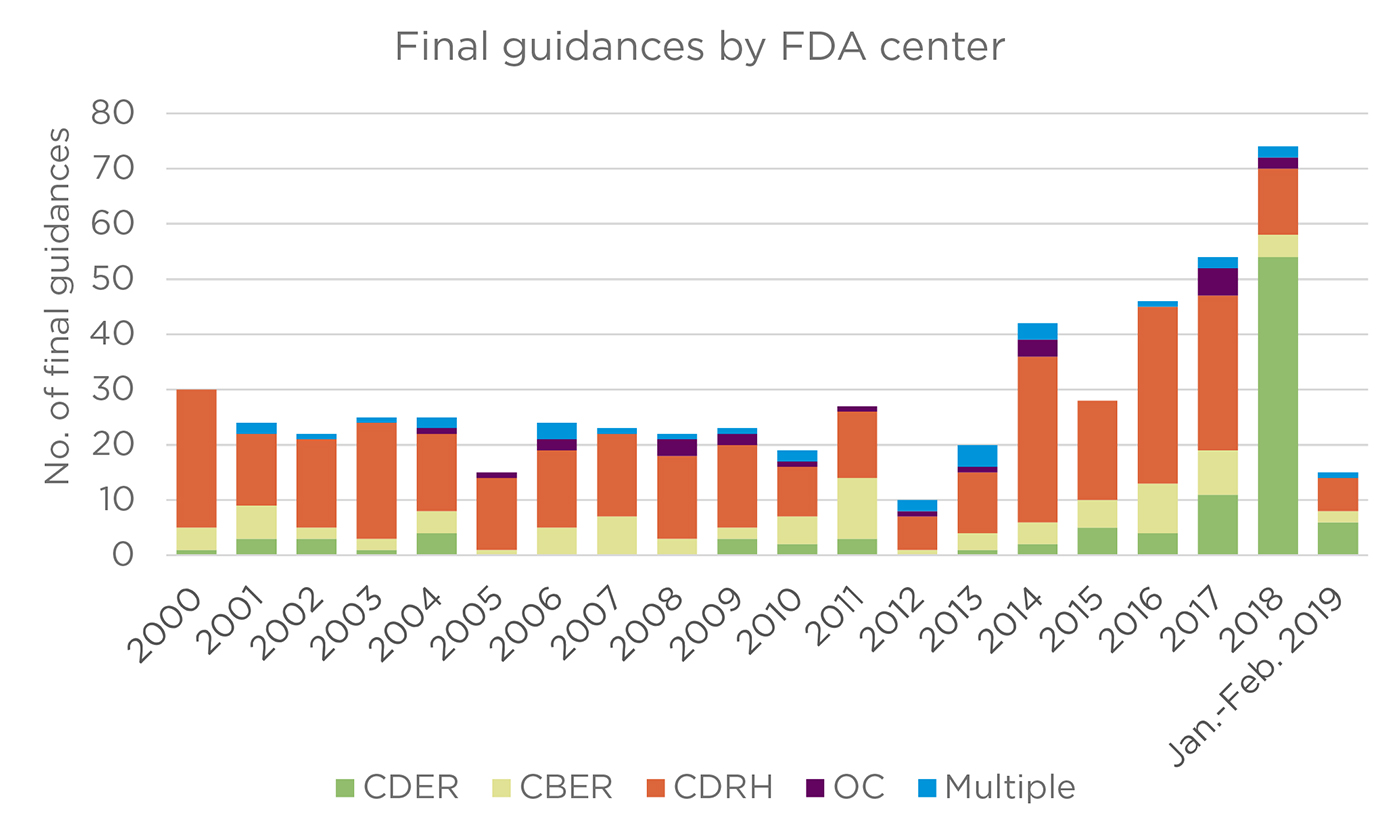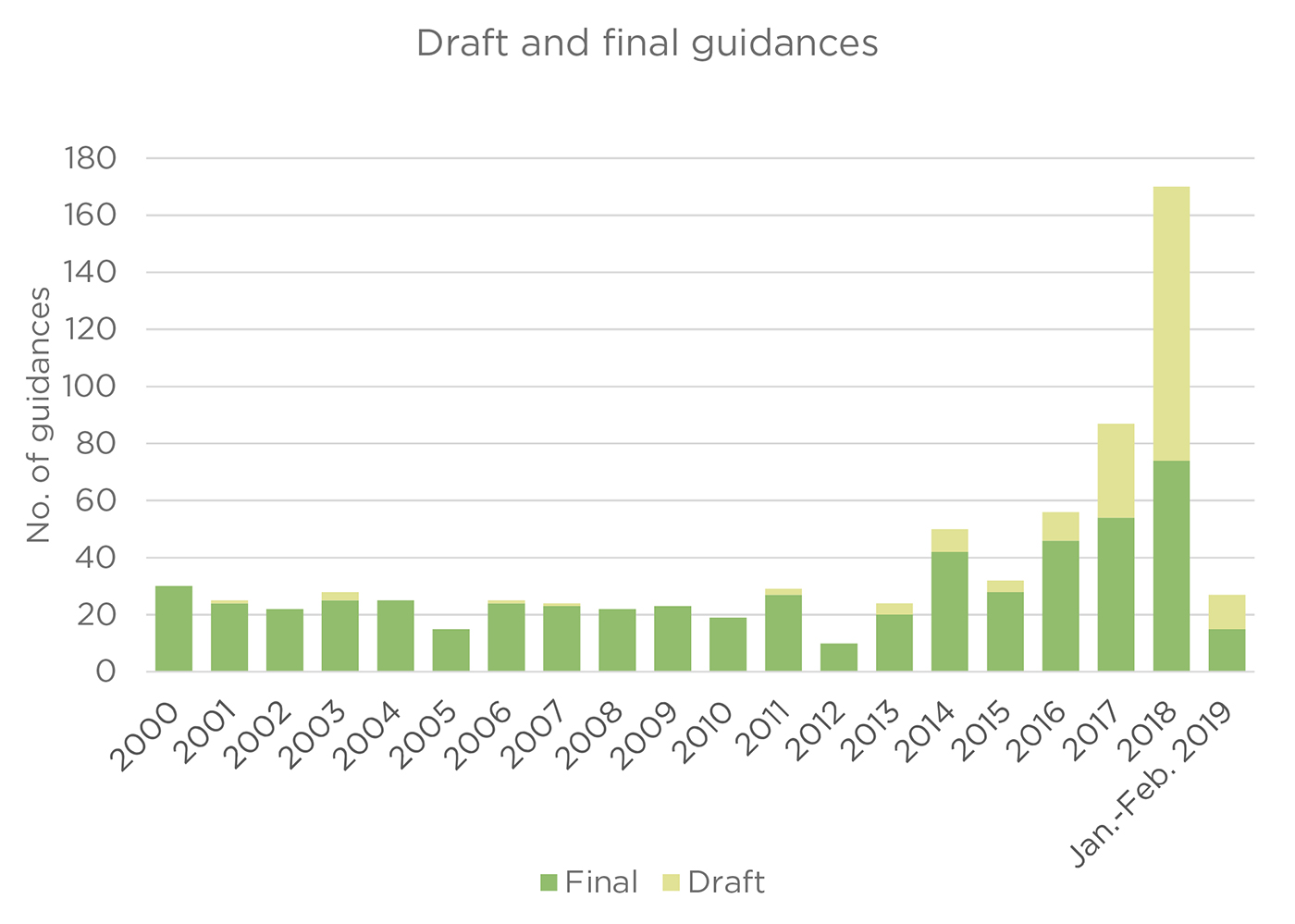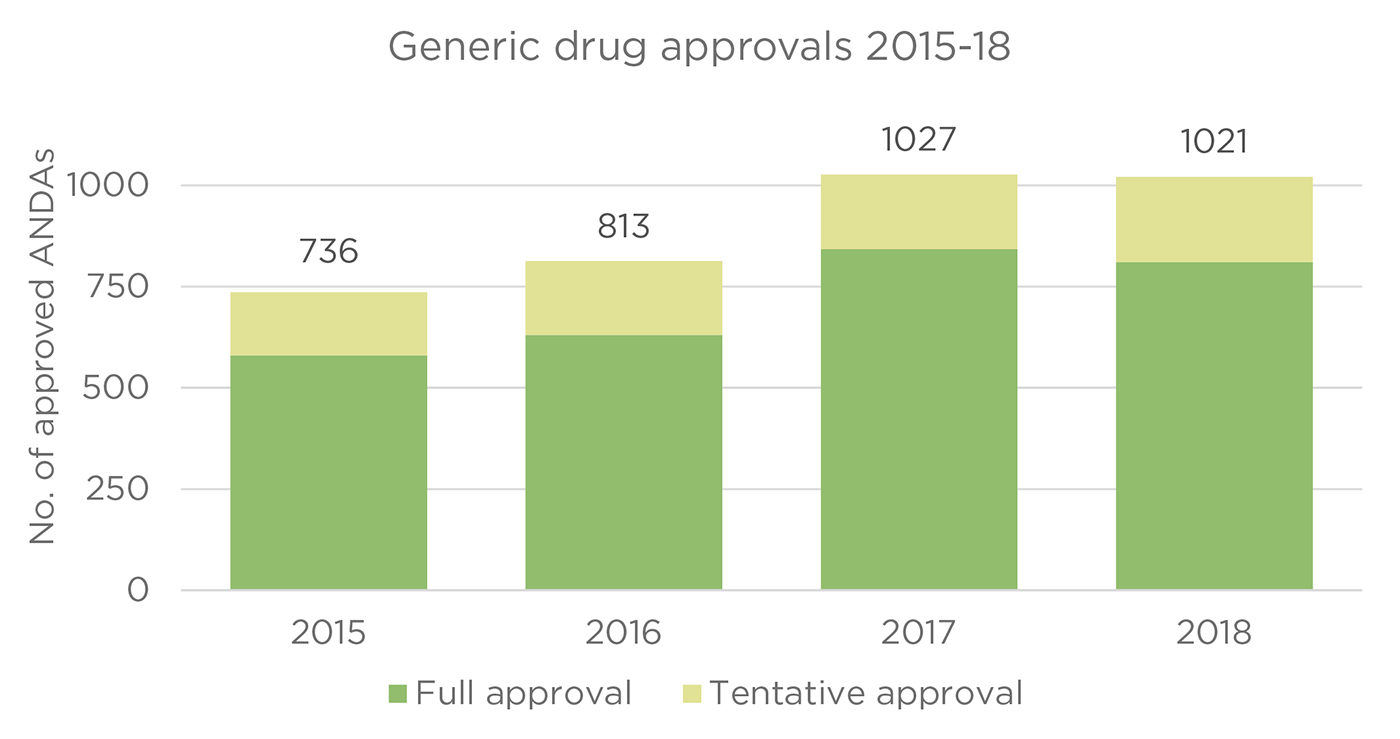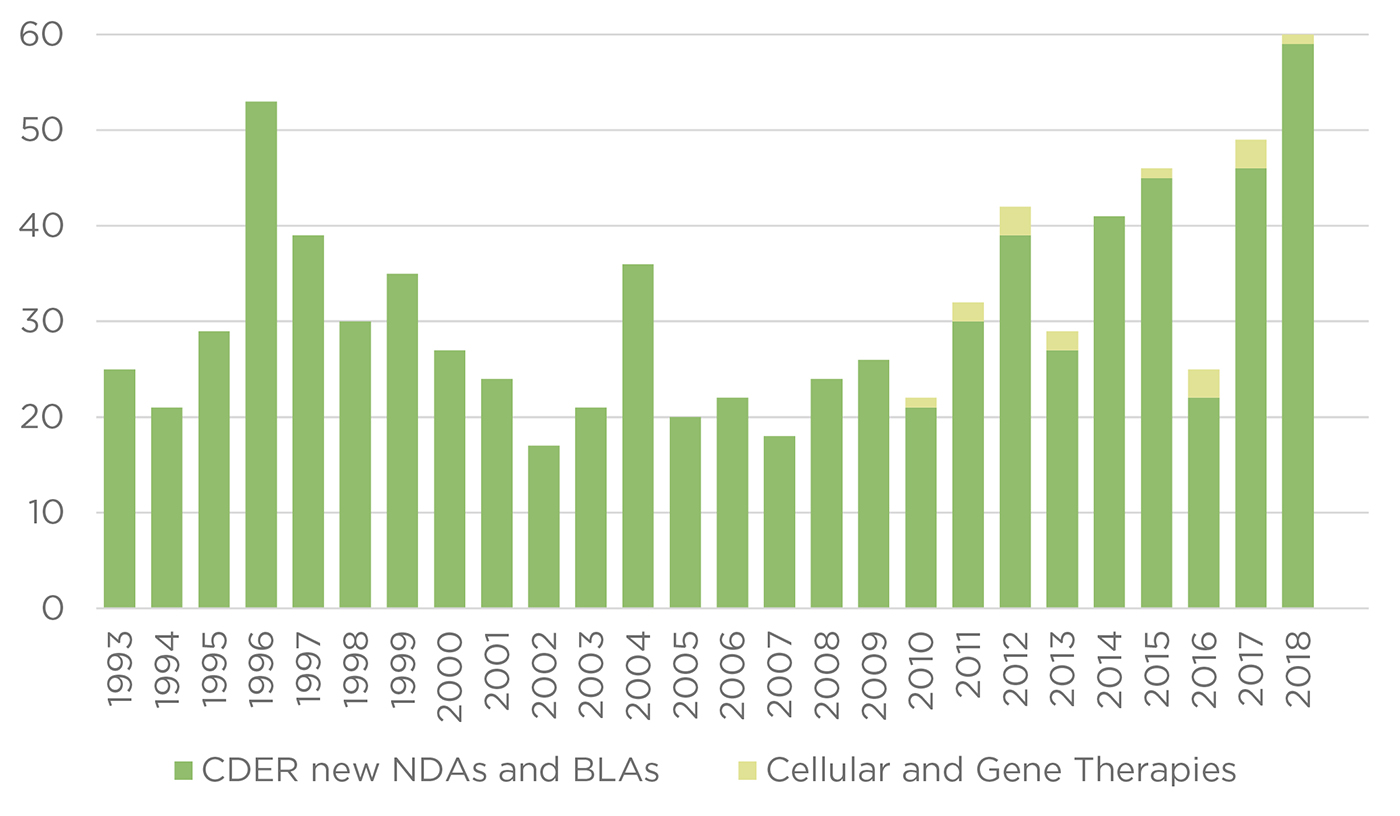Regulation
Gottlieb’s durable reforms
How Gottlieb’s reforms will persist after he walks away from FDA
While most of the changes Scott Gottlieb has set in motion in just under two years as FDA commissioner are works in progress, and some may falter in his absence, an important number are well underway and will bring lasting changes to FDA, as well as to companies that develop medicines and patients who rely on their products.
His reforms will be durable, and as the rest of the world looks to FDA as the gold standard, they will be emulated around the world.
Gottlieb, like FDA, is held in high esteem. He was not pushed out of office, enjoys strong support in the White House and is wildly popular on both sides of the aisle on Capitol Hill, with advocacy groups, the press and with biopharma companies. The next commissioner -- acting or permanent -- will not have a mandate to roll back policies or pursue a radically different agenda.
Because the changes Gottlieb championed were largely based on proposals from agency staff, FDA’s civil servants will follow through on the blizzard of initiatives the agency has launched under his leadership (see Figure: “FDA Guidance Documents since 2000”).
Crafting and releasing guidance documents is one of the ways progress gets incorporated into FDA’s DNA.
Figure: FDA guidance documents since 2000
Under Commissioner Scott Gottlieb, FDA finalized more guidance documents related to drugs, biologics and medical devices than under prior commissioners, with 2018 dramatically outpacing any other year, including the years prior to 2000 not shown below. The rise is driven by guidances from Center for Drug Evaluation and Research (CDER), which produced 56 of the 74 final guidances, including two issued jointly with other FDA centers. The 74 finalized guidances represent a 61% increase over 2016, the last full year before Gottlieb took office. Top chart shows final documents issued by CDER, the Center for Biologics Evaluation and Research (CBER), Center for Devices and Radiological Health (CDRH) and the Office of the Commissioner (OC). The “multiple” category refers to guidances issued jointly by more than one of those centers, including with the Center for Veterinary Medicine and Center for Food Safety and Applied Nutrition. The bottom chart shows the number of draft and final guidances issued by these centers each year. Final guidances are counted in the year in which they were finalized only; draft guidances not yet finalized are counted in the year the most recent draft was issued. Guidance documents where neither a draft or final status was assigned were excluded. Source: FDA website
Crafting and releasing guidance documents is one of the ways progress gets incorporated into FDA’s DNA. It makes policies lasting, and it makes them transparent.
Transparency has been a hallmark of Gottlieb’s tenure. He has communicated more, and more effectively, than any previous FDA commissioner -- and arguably, any other U.S. government agency leader.
One marker of his communications prowess is his use of social media as a tool to educate, amuse and interact. Gottlieb has sent nearly 5,000 tweets since being sworn in on May 11, 2017 from his official Twitter account, averaging 7.6 tweets per day. He has used the medium to communicate about the status of FDA operations during the partial shutdown, to promote vaccination, and to banter with journalists about socks and soy milk.
Gottlieb has embedded cutting-edge science in the agency through senior staff recruitments, tipping the odds that some of those changes will outlast him. Among them is his hiring of Amy Abernethy to the No. 2 spot at FDA, principal deputy commissioner, bringing deep expertise in digital health and as an oncologist. Abernethy was CMO of Flatiron Health Inc., now a unit of Roche, where she led initiatives to turn electronic health records into real world data.
But Gottlieb’s attempt to revamp diagnostics regulation may not have the same momentum, unless his successor picks up the mantle.
Promoting the social contract
Enactment of the 21st Century Cures Act and user fee reauthorizations during the Obama administration created tailwinds for the initiatives Gottlieb has championed, such as integrating real world evidence into product development and streamlining reviews of life-changing cell and gene therapies.
Those effects will last beyond his tenure as well.
The laws also helped FDA attract talent by giving the agency leeway to offer salaries that are more competitive with the private sector.
Gottlieb leveraged his personal popularity with members of Congress and his standing in the Trump administration to achieve a substantial budget boost starting in FY19 that will fund new regulatory science initiatives (see “Budget Deal Includes Massive FDA Funding Boost”).
The results of some of the pro-competition activities Gottlieb pushed forward will not become obvious until after his departure.
Gottlieb has sought to stretch laws to make them fit circumstances that weren’t envisioned when they were written. He has championed new paradigms for regulating digital technologies based on assessments of developers’ quality systems, allowing rapid iteration rather than freezing products by requiring premarket review of proposed modifications.
More fundamentally, he has introduced new ways of thinking about FDA’s mission, for example, by making a public health argument for promoting competition and fighting anticompetitive practices.
As commissioner, Gottlieb has embraced the idea that medical product manufacturers should comply with implicit social contracts (see “Breach of Contract”).
And in that light, he has pushed staff to increase the numbers of generic drugs reviewed and approved (see Figure: “Generic Drug Approvals”).
Figure: Generic drug approvals
FDA approvals of generic drugs rose in Commissioner Scott Gottlieb’s tenure, from 736 in 2015 to over 1,000 in 2017 and 2018. Averarge monthly approvals in 2015 through April 2017 were 14 tentative approvals and 51 full approvals. Since Gottlieb took office in May 2017, monthly averages were 17 for tentative approvals and 71 for full approvals, increases of 22% and 38%, respectively. Source: FDA website
The results of some of the pro-competition activities Gottlieb pushed forward will not become obvious until after his departure. These include policies that encourage and prioritize applications to launch generic versions of off-patent drugs that have little or no competition, as well as agency investments in regulatory science to facilitate development of complex generics.
Similarly, the effectiveness of organizational changes will take time to manifest, including a complete rewiring of the Office of New Drugs at the Center for Drug Evaluation and Research and restructuring the Office of the Commissioner. The restructuring, designed by CDER Director Janet Woodcock, is intended to make reviews dramatically more efficient and consistent, and enhance the scientific expertise and stature of its scientists and physicians (see “Getting Flatter”).
In contrast to reforms FDA can put into effect independently, the future is unclear for reforms Gottlieb has championed that require action from Congress.
The proposed scheme for regulating diagnostics would focus FDA’s oversight on tests with the highest risks, shift regulatory focus from premarket to postmarket, and create systems for voluntary precertification of technologies and quality systems. The agency also would integrate external expertise into regulatory decisions and increase scientific and medical transparency (see “Debating Diagnostics”).
In September 2018, Gottlieb predicted it would take about a year to gain consensus in Congress on the proposal. That timeline will depend on who succeeds him.
Figure: New NDA and BLA approvals since PDUFA
2018 set a record for novel drug approvals by FDA’s Center for Drug Evaluation and Research, at 59, following a banner year in 2017, which set a 20-year high. But CDER’s count of novel NDAs and BLAs does not include products reviewed by the Center for Biologics Evaluation and Research, which include some of the most innovative recent approvals. CBER has approved 16 cell and gene therapies, starting with Provenge sipuleucel-T in 2010. Of those, half have been cord blood products for use in hematopoietic progenitor cell transplantation. Of the other eight, three were approved on Scott Gottlieb’s watch in late 2017 -- the first two CAR T cell therapies, Kymriah tisagenlecleucel from Novartis AG (NYSE:NVS; SIX:NOVN) and Yescarta axicabtagene ciloleucel from Gilead Sciences Inc. (NASDAQ:GILD), both to treat hematological cancers; and the first U.S.-approved gene therapy, Luxturna voretigene neparvovec-rzyl from Spark Therapeutics Inc. (NASDAQ:ONCE) to treat Leber congenital amaurosis. FDA defines novel drugs as new molecular entities (NMEs) under NDAs, or CDER-reviewed new therapeutic biologics under BLAs. Source: FDA website
Companies and Institutions Mentioned
Roche (SIX:ROG; OTCQX:RHHBY), Basel, Switzerland
U.S. Food and Drug Administration (FDA), Silver Spring, Md.



